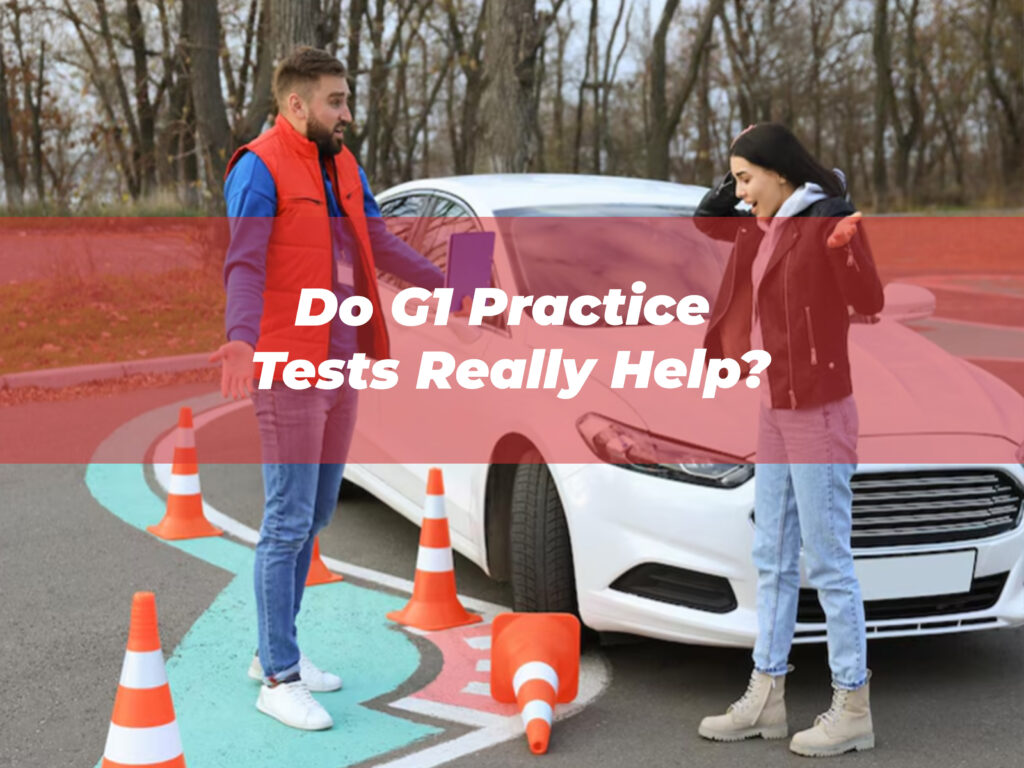Learning to Driving Courses is a significant milestone, but it can also feel like a daunting challenge. From juggling schedules to mastering road rules and overcoming test-day nerves, the traditional route of taking weekly lessons may not suit everyone. For those looking for a more focused and time-efficient way to learn, intensive driving courses offer an excellent alternative. These fast-track programs are designed to teach you all the skills you need to become a confident and capable driver, often in a matter of days or weeks.
This guide explores the many benefits of taking intensive driving courses, who they are best suited for, and practical tips for choosing the right program for your needs.
What Are Intensive Driving Courses?
Intensive Driving Courses, often referred to as “crash Driving Courses,” condense months’ worth of driving lessons into a much shorter timeframe, usually over one to two weeks. The idea is simple yet effective: with back-to-back, daily lessons, learners immerse themselves in driving techniques, mastering skills faster than with conventional lessons.
These courses typically culminate in a practical Driving Courses, allowing learners to aim for their driver’s license much sooner than they might with spread-out weekly sessions. Offered in various durations and formats, intensive courses are tailored to suit learners of different experience levels, from complete beginners to those needing a refresher.
Here’s what an Driver’s license course commonly includes:
- One-on-one instruction with a qualified Driving Courses.
- A structured lesson plan targeting essential test and road skills.
- Extensive practical training on different road types and conditions.
- A final driving test scheduled soon after the course ends.
Now that we know what they entail, let’s take a closer look at their benefits.
Advantages of Intensive Driving Courses
Choosing an intensive driving course over a traditional learning setup has several advantages. Here’s why these programs have become increasingly popular:
1. Learn Faster and More Efficiently
Time is often a major factor for people learning to Driving Courses. Whether it’s due to busy schedules, an upcoming move, or a job that requires a license, some learners simply can’t afford to wait months to pass their driving test. Intensive courses are designed with this in mind, condensing the learning process so you can reach your goal faster.
For example, instead of taking one hour-long lesson per week over several months, an intensive course might involve several hours of daily instruction, enabling you to learn and practice skills in one continuous flow.
Key benefits of this accelerated approach include:
- Retaining knowledge better as there’s less time between lessons.
- More consistent practice, which helps you build muscle memory for driving tasks.
- Quick correction of mistakes, as instructors address learning gaps immediately.
2. Build Confidence Quickly
Intense, focused learning often helps students overcome nerves and uncertainty faster than traditional Driving Courses. Daily practice reinforces your confidence in handling the car, navigating traffic, and mastering maneuvers required for the driving test. Additionally, completing an intensive course in a supportive environment reduces test anxieties, as everything you’ve learned will still be fresh in your mind on test day.
For nervous drivers, the constant exposure can normalize the experience, transforming apprehension into assurance within a short time.
3. Tailored Learning to Suit Your Needs
Most intensive driving courses are highly adaptable, catering to learners at different skill levels. Whether you’re a first-time driver or someone needing a refresher before a test, these programs can be customized to address your needs.
For instance:
- Beginners often start with basic car controls and learn foundational rules of the road.
- Intermediate learners focus on improving specific skills, such as parallel parking or highway Driving Courses.
- Experienced drivers might target weak points, like improving reaction time or preparing for complex test scenarios.
This personalized approach ensures no time is wasted on areas you’ve already mastered while focusing on building the skills you need.

4. Save Money in the Long Run
While the upfront costs of an intensive driving course may seem higher than booking traditional lessons, they could actually save you money. Think about it:
- Shorter learning time means fewer lessons overall, reducing hourly instruction fees.
- You’re less likely to spend extra money on additional lessons due to spread-out learning periods.
- Passing your test sooner eliminates the recurring costs of beginner driver insurance or provisional license renewals.
By condensing months of learning into a week or two, you’re investing in a cost-effective solution that gets you on the road efficiently.
5. Increased Test Preparedness
Because intensive driving courses are structured with the practical test in mind, you’ll receive plenty of targeted instruction specifically aimed at passing. Courses often replicate real test scenarios, helping students familiarize themselves with common routes, maneuvers, and examiner expectations.
This preparation goes a long way in boosting confidence for test day. The idea isn’t just to pass the test but to ensure learners feel competent and safe once they’re on their own out in traffic.
6. Less Risk of Developing Bad Driving Habits
When lessons are spread out weekly, there’s a higher chance of forgetting key techniques or picking up bad habits between sessions. With intensive courses, the condensed schedule allows for consistent learning, making it less likely that habits like rolling stops or improper signaling will seep in.
Your instructor monitors and corrects your behavior in real time, ensuring that you retain proper driving etiquette.
7. Flexibility with Scheduling
While intensive courses often have a fixed schedule, many offer flexible start dates or lesson times, making it easier for students to fit training into their daily routines. Some programs even offer residential options, where students stay close to the driving center for the course duration, eliminating travel-related headaches.
Who Are Intensive Driving Courses Best Suited For?
Intensive courses might sound like the perfect solution, but they aren’t necessarily the best fit for everyone. Here’s an idea of who benefits most from this learning format:
Ideal Candidates:
People with Limited Time
If you need a license quickly for work, school, or personal reasons, this accelerated approach is ideal.Motivated Learners
Those who learn best with immersive, concentrated coaching often thrive in this setup.Drivers with Some Experience
People who’ve had some prior training but need to brush up on skills often find intensive courses effective.
Who Might Face Challenges?
Anxious Beginners
If driving feels overwhelmingly stressful, cramming hours into a short period might increase anxiety. Gradual lessons could be better in such cases.Individuals with Busy Schedules
Intensive courses require a block of dedicated time. Those unable to commit fully might struggle to complete them successfully.
Tips for Choosing the Right Intensive Driving Course
The right course can make all the difference in your driving journey. Use these tips to find a program that suits your needs:
1. Research the Driving School’s Reputation
Look for schools with consistently positive reviews, testimonials, and high pass rates. Established schools with qualified instructors often deliver the best results.
2. Understand the Course Structure
Clarify how the course is structured, including total instruction hours, lesson duration, and test day support.
3. Verify Instructor Qualifications
Ensure your driving instructor is patient, experienced, and properly certified to teach. Their guidance will play a significant role in your progress.
4. Compare Costs
While pricing is important, don’t simply choose the cheapest option. Look at value for money based on comprehensive training, test prep, and reviews.
5. Check Scheduling Options
Choose a course that aligns with your schedule. Some programs offer weekends-only options, while others may provide compact formats requiring daily attendance.
6. Assess Vehicle Provided
Make sure the car you’ll train with is modern, well-maintained, and has dual controls for safety.
7. Look Into Pass Guarantees
Some schools offer free re-tests if you don’t pass your driving test on your first attempt. This can be reassuring for learners who value exam support.
Wrapping Up
Taking an intensive driving course is a smart way to fast-track your learning, build confidence, and master the skills needed to drive safely and responsibly. From the flexibility of tailored lessons to the confidence boost of real-time guidance, these programs are designed to prepare you for driving not just quickly, but effectively.
While not for everyone, accelerated learning works wonders for those needing efficient results. If you’re ready to get on the road fast and effectively, an intensive driving course might be the perfect fit.










